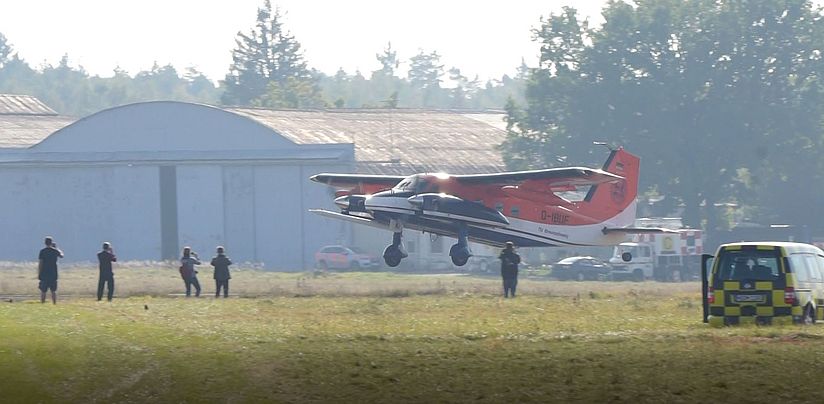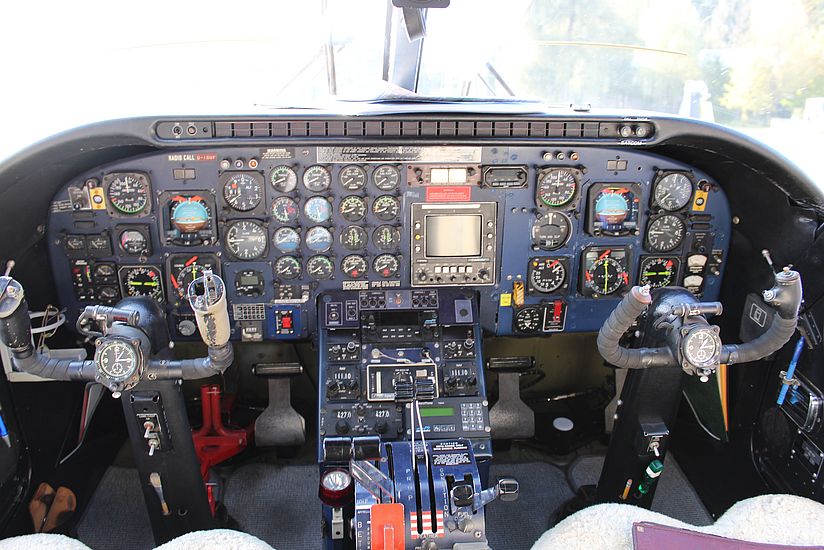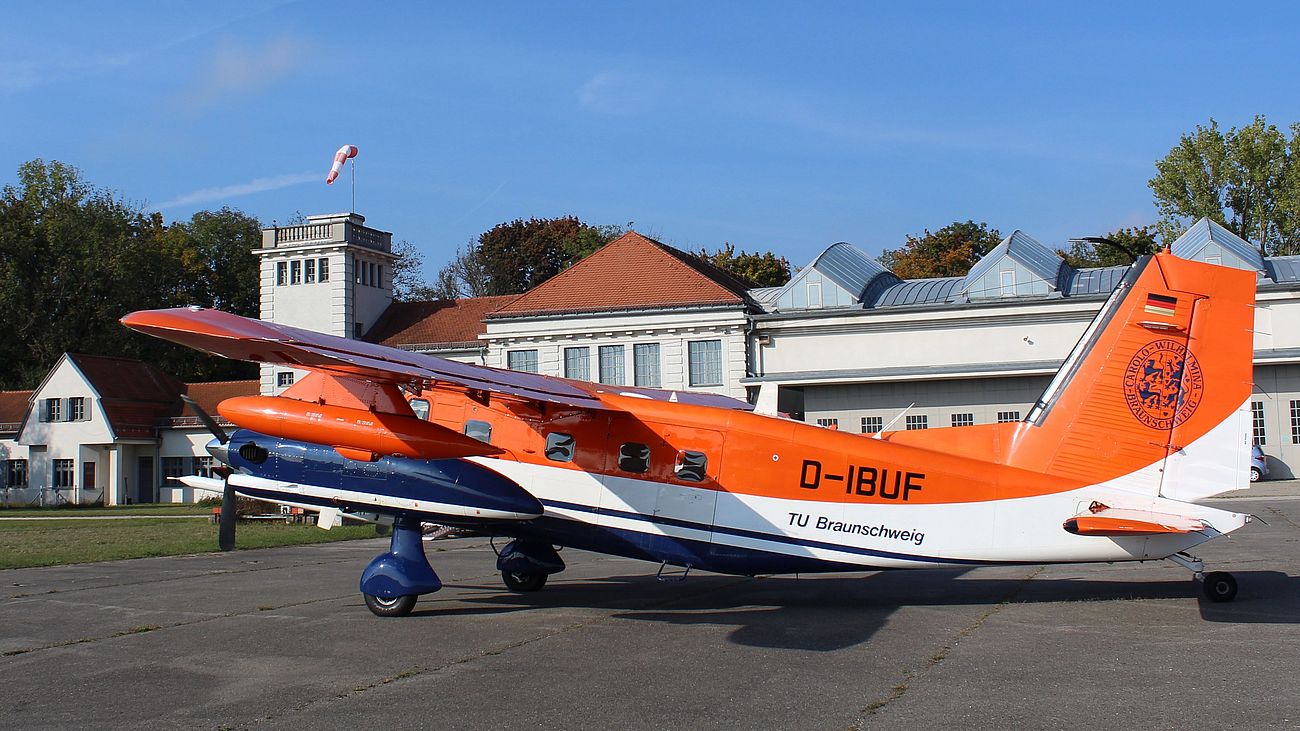Dornier Do 128-6 Turbo Skyservant
The aircraft served in meteorological phenomena research and numerous flight tests.

Last landing, Oberschleißheim17.10.2021 Photo: Deutsches Museum | Michael Höchtl

Cockpit Photo: Deutsches Museum
The Dornier Do 128-6 is a turboprop-powered variant of the Do 28D. Its piston engines were noisy and required the aviation fuel Avgas, which is difficult to obtain in developing countries, for example. With the installation of two Pratt & Whitney PT6 turbines, the aircraft became quieter and was operable with more commonly available kerosene.
The aircraft on display is the prototype aircraft. It first flew with turbines in 1980 and was made first available to the Alfred Wegener Institute (AWI). In the winter of 1983/84, the aircraft was used in the Antarctic as POLAR 1. In 1986, the TU Braunschweig replaced its Do 28D with the AWI's Do 128-6 and used it as a test aircraft and “flying classroom” until the end of 2021.
The “D-IBUF” could carry up to 500 kg of measuring equipment. On the outside, the nose pylon was the most prominent evidence of its research mission. Other external loads were added as needed. The aircraft served in meteorological phenomena research and numerous flight tests.
Technical data:
- Manufacturer: Dornier-Werke GmbH, Oberpfaffenhofen, 1980
- Length: 11,40 m
- Span: 15,50 m
- Weight: 4350 kg
- Power plant: 2 x Pratt & Whitney Canada PT6A-110 (450 shp)

